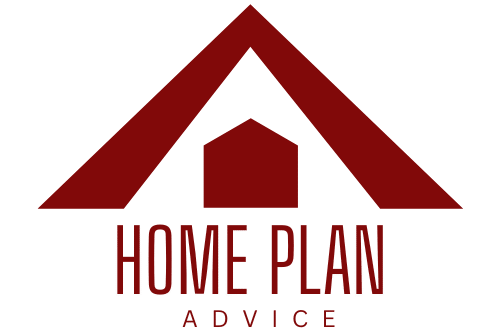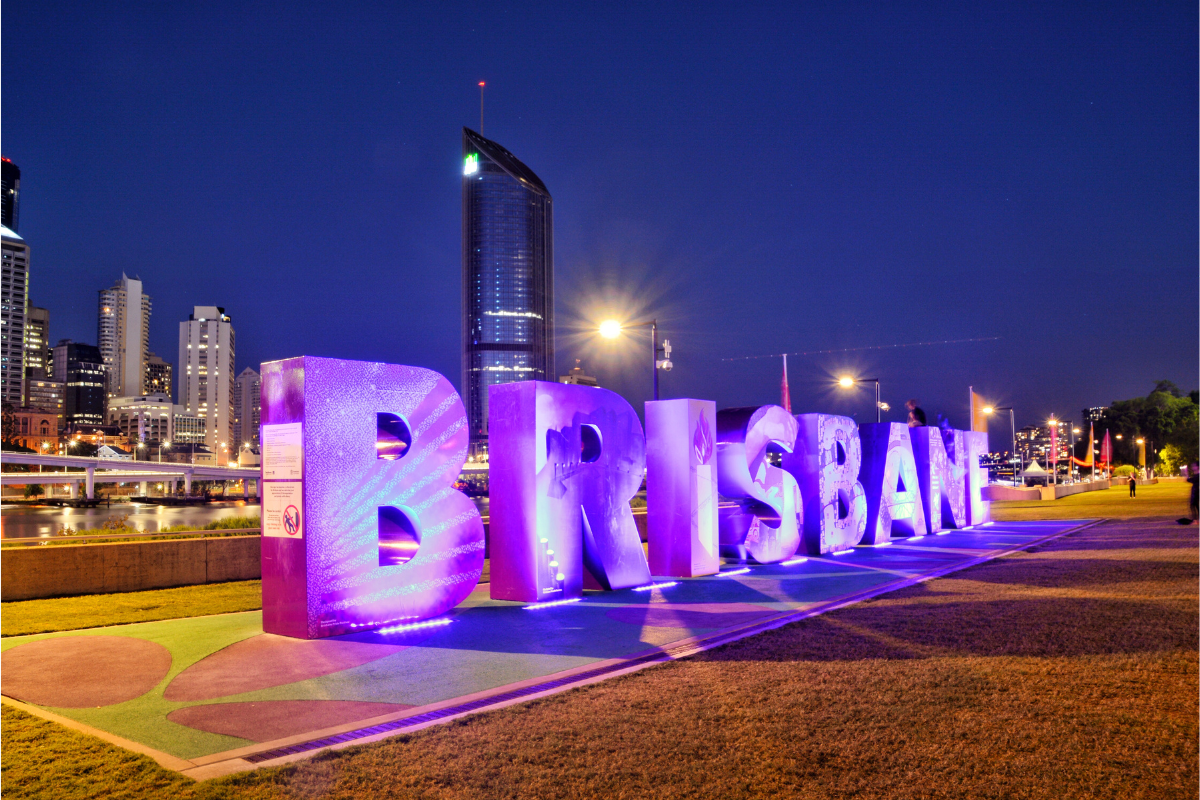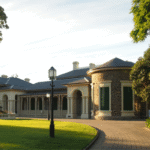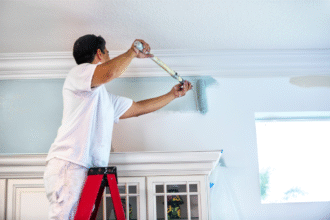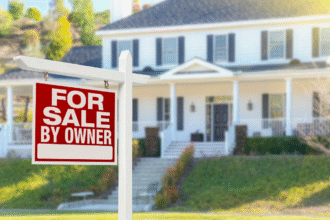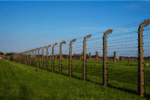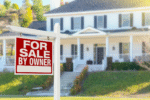Are you dreaming of building your next home in Brisbane? While the idea of constructing a house is exciting, the process can seem overwhelming, especially when it comes to costs. From choosing materials to navigating Brisbane’s local market conditions, understanding the financial aspects is critical to planning effectively.
This comprehensive guide breaks down everything you need to know about the cost to build a house in Brisbane, including typical pricing, factors that influence costs, and tips to manage your budget. Whether you’re aiming for luxury or a practical family home, this blog will help you build with confidence.
Understanding the Cost to Build a House in Brisbane
Typical Cost Range Per Square Meter
The cost to build a house in Brisbane varies greatly depending on the size, quality of materials, and customization level of the home. Here’s a general breakdown of costs per square meter in 2025:
- Budget builds: $2,000–$2,900 per sqm
- Standard builds: $2,800–$4,000 per sqm
- Premium/architect-designed homes: $4,500–$8,000+ per sqm
The average range for most homes in Brisbane falls between $2,800 and $4,950 per square meter. Keep in mind that smaller homes tend to cost more per square meter, while larger homes can take advantage of economies of scale.
Why Do Costs Vary?
Factors that significantly influence costs include:
- Materials: High-end finishes, such as marble countertops or custom cabinetry, will raise the overall price.
- Customization: Unique designs or architectural elements add complexity and increase labor and material costs.
- Site conditions: Difficult building sites, such as sloped blocks, may require additional leveling or structural reinforcements.
- Builder type: Volume builders typically offer lower costs compared to custom or architect-designed options.
Total Costs Based on House Size
To give you a realistic idea of costs, here’s a breakdown of estimated total prices for common house sizes based on average square meters:
- Two-bedroom house (120 sqm)
Estimated cost: $336,000–$594,000
Ideal for first-home buyers or downsizers.
- Three-bedroom house (175 sqm)
Estimated cost: $490,000–$866,250
A popular size for small to medium-sized families.
- Four-bedroom house (260 sqm)
Estimated cost: $728,000–$1,287,000
The sweet spot for many families in Brisbane, offering a balance of space and affordability.
- Five-bedroom house (300 sqm)
Estimated cost: $840,000–$1,485,000
Designed for larger families or those seeking extra room for luxury finishes.
Adding a Second Story
If you’re considering a two-story house, expect to pay approximately $1,000 more per square meter compared to single-story homes. For example, building a four-bedroom two-story home could add around $260,000 to your total cost due to additional labor, materials, and structural requirements.
Key Factors That Affect Building Costs
Several variables can impact your construction costs:
1. Materials and Finishes
- Standard materials: These are affordable and practical options suitable for most construction projects. They include materials like laminate flooring, basic tiles, or composite countertops, which provide functionality and durability without breaking the budget.
- Premium materials: These high-end choices, such as natural stone countertops, hardwood flooring, or custom finishes, can significantly enhance the aesthetic appeal and value of your home. While they come at a higher cost, they bring a touch of luxury and long-lasting quality to any space.
2. Design Complexity
- Simple designs, such as rectangular layouts with clean, straightforward lines, are more budget-friendly because they are easier to construct and require fewer materials.
- On the other hand, complex designs, which may include features like cantilevered balconies, custom shapes, or intricate architectural details, tend to be more expensive due to the additional labor, specialized materials, and engineering required.
3. Site Conditions
- Flat blocks are easier and cheaper to build on because they require minimal preparation. With little to no need for excavation or additional groundwork, construction can proceed more quickly and cost-effectively.
- Steep or sloping sites, on the other hand, often require extra work such as excavation, retaining walls, or specialized structural supports to stabilize the build. This can increase both the complexity and cost of the project, as well as extend the overall timeline.
4. Builder Type
Your choice of builder plays a key role in pricing:
- Volume Builders ($2,000–$2,500/sqm): These builders are known for cost efficiency, achieved through standardized designs and streamlined construction processes. Ideal for those looking for affordable homes with minimal customization.
- Custom Builders ($2,500–$4,500/sqm): Offering tailored designs and greater flexibility, custom builders are perfect for homeowners who want a house that reflects their individual preferences and needs. While more expensive than volume builders, they provide more options for personalization and unique layouts.
- Architect-Designed Homes ($4,500+/sqm): For those seeking a premium, one-of-a-kind home, architect-designed builds focus on unique designs and upscale finishes. These homes are crafted to suit specific tastes and requirements, often incorporating innovative features and materials for a luxurious result.
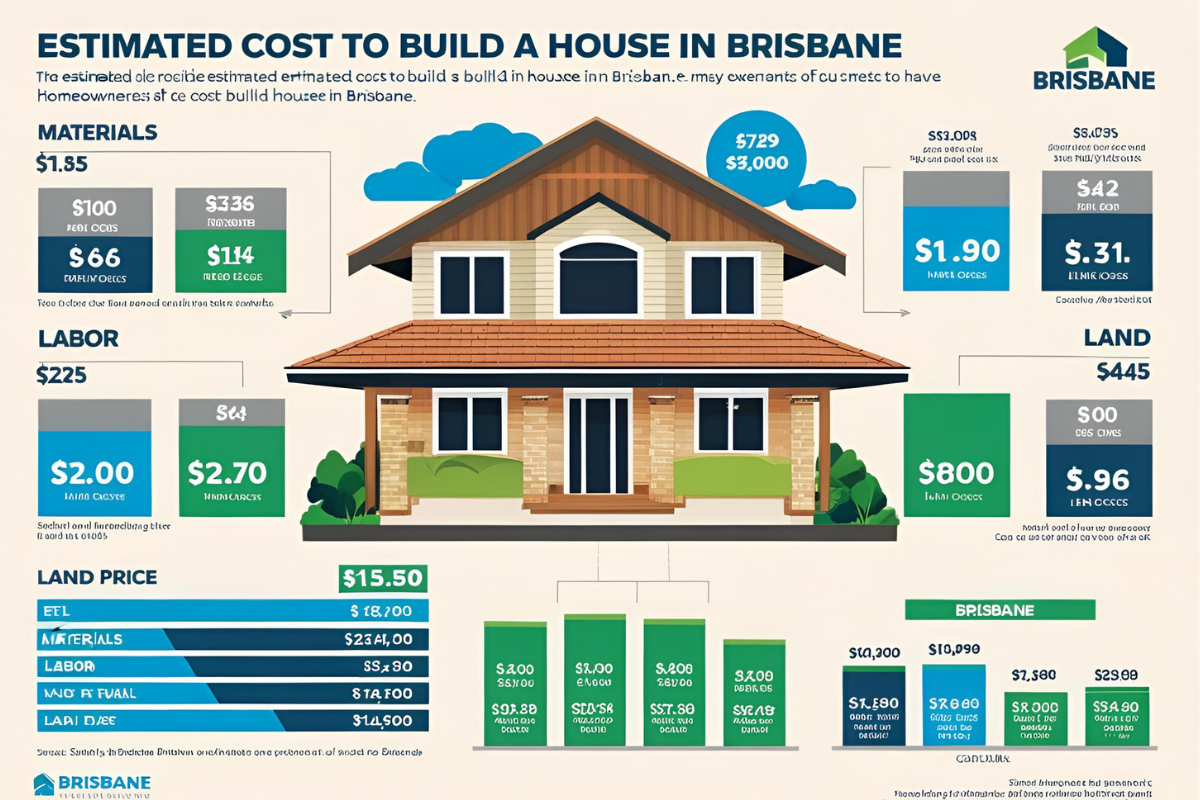
Additional Costs to Budget For
Building expenses extend beyond construction. Make sure to account for:
- Site Preparation: This includes costs for leveling the land, improving drainage, and any necessary excavation work to prepare your site for construction. Depending on the complexity of your site, this can cost between $10,000 and $40,000. Sloped sites or difficult terrain may increase costs significantly.
- Permits and Approvals: Before construction can even begin, you’ll need to secure the necessary permits and approvals, such as council certifications and building applications. These can range from $2,500 to $5,000, depending on your location and the scope of your project.
- Landscaping: Beyond the building itself, you’ll want to consider the outdoor spaces. Costs for gardens, retaining walls, pathways, and other landscaping features can range anywhere from $10,000 to $50,000, depending on the size of your property and the complexity of your plans.
- Utility Connections: Your new property will need connections to essential utilities like electricity, water, gas, and sewerage. These connection fees can add up and typically range between $5,000 and $15,000, depending on the distance from existing infrastructure.
- Contingency Fund: It’s always wise to set aside 10–15% of your total budget as a contingency fund. This will help cover any unexpected costs that arise during the building process, such as delays, higher material costs, or unforeseen issues with your site.
How Brisbane’s Local Market Affects Building Costs
Market Trends in 2025
Brisbane’s property market is thriving, with continued growth due to population increases and significant infrastructure investments like Brisbane Metro and Cross River Rail. The demand for new homes remains high, putting upward pressure on material and labor costs. That said, Brisbane’s flat land availability helps keep costs lower than cities like Sydney.
Incentives and Grants
Take advantage of Queensland’s government support programs designed to make buying your home more affordable. These include transfer duty concessions, which can help lower the upfront costs of purchasing property, and the First Home Owner Grant, offering eligible first-time buyers a significant financial boost. Together, these initiatives can greatly reduce your financial burden and make homeownership more accessible.
Tips for Managing Building Costs
To stay on budget while building your dream home in Brisbane, consider these strategies:
1. Choose Standard Designs
Opt for pre-designed layouts from volume builders to save on customization costs. These layouts are often tried and tested, ensuring efficient use of space and materials without the added expense of bespoke designs. Plus, volume builders streamline the construction process, helping you stick to your budget.
2. Simplify the Design
Avoid unnecessary features and keep layouts straightforward to reduce construction complexity. Fancy architectural elements like intricate rooflines, excessive nooks, or custom shapes can drive up costs. A simple, clean design not only saves money but also ensures a faster build and easier future maintenance.
3. Source Materials Smartly
Work with your builder to find affordable yet durable materials. Builders often have bulk-purchasing power, which allows them to secure discounts you wouldn’t get on your own. Additionally, consider locally sourced materials to save on shipping costs while supporting local suppliers.
4. Gather Multiple Quotes
Always compare at least three builder quotes to ensure competitive pricing and value for money. Don’t just look at the overall cost—pay attention to what’s included in each quote, like warranties, timelines, and quality of materials. A detailed comparison will help you avoid hidden costs later on.
5. Plan Long-Term
Invest in energy-efficient designs and practical features that add long-term value to your home. For example, include proper insulation, solar panels, or energy-efficient windows to save on utility bills in the future. Planning for durability and sustainability now can help you avoid costly repairs or upgrades down the line.
Make Your Dream Home a Reality
Building a home in Brisbane is a big financial commitment, but with careful planning and a clear understanding of the costs involved, it’s entirely achievable. The process starts with selecting the right builder—someone reliable, experienced, and aligned with your vision. It’s also important to carefully plan your design, as even small adjustments can significantly impact your budget. By exploring cost-saving options, such as choosing efficient materials and optimizing your layout, you can manage expenses without compromising on quality. With the right approach, building your dream home in Brisbane can be an exciting and rewarding experience.
1. How much does it cost to build a home in Brisbane?
The cost of building a home in Brisbane can vary widely based on factors such as the size of the property, design complexity, materials used, and the builder you choose. On average, costs range from $1,900 to $3,900 per square meter. It’s important to consult with experts to get an accurate estimate for your specific project.
2. How can I reduce the cost of building my home?
To reduce costs, consider focusing on a simpler design, using cost-effective materials, and obtaining multiple quotes from builders. Additionally, planning your project carefully and minimizing changes during construction can help you stick to your budget.
3. What steps are involved in starting a building project?
The process typically involves setting a budget, designing your home with professional assistance, obtaining the necessary permits, and selecting a reliable builder. It’s essential to plan thoroughly and consult with experts to ensure a smooth project.
4. How do I choose the right builder in Brisbane?
Look for builders with a strong reputation, relevant experience, and proper licensing. Reading reviews, checking references, and comparing quotes can also help you make an informed decision.
5. Is it necessary to hire a professional designer for my home?
While it’s not mandatory, working with a professional designer can help you optimize your home layout for both functionality and aesthetics. A designer can also provide valuable insights to manage costs and align with your vision.
If you have more questions, feel free to contact us for expert advice tailored to your needs.
